“Annadanam is Mahadanam”: A maxim that is planted in the minds of every Indian and a practice upon which many depend their existence. India is the land of religions and ceremonies. However, regardless of the differences and diversity no pooja or ritual is greater than feeding a hungry life form in India. Being praised as “Mahadanam”, the philosophy and relevance of Annadanam is elevated now more than ever. But what exactly is Annadanam and where do its roots lie? Why does it occupy such a prominent place in Indian culture, and why is it a concept that must be practiced regardless of borders and differences?
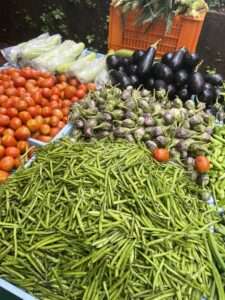
Annadanam; A Peek Into Indian Mythology
The act of giving food to others is referred to as “Annadanam.” The term “Annadanam” is composed of the terms “Annam,” which means food, and “Danam,” which translates to- “to give.” According to statistics, a child dies of starvation every 10 seconds. This implies that a child must have passed away from hunger by the time you read the last sentence. Thousands of people go hungry every day, subsisting primarily on leftovers and the kind who donate food. They don’t know when the time will come when they won’t be able to find the scraps they need, which for them represents the line between life and death. What we take for granted as “not tasty enough” is the shield against death for many.
The roots of Annadanam lie in humanity. However, Hinduism is where they are mainly explored. Numerous tales from Hindu scriptures laud the virtues of Annadanam, the most famous of which is the one in which Goddess Parvati appears as Goddess Annapoorneshwari and feeds Shiva. Another episode is when Karna takes rebirth since he has donated everything else but food. To obtain moksha, he then donates food on earth. Despite having origins in Hinduism, Annadanam’s most distinctive characteristic is that anybody and everyone may practice it, regardless of their religious orientation. Taking the Sikh religion as an example, Langar is a community kitchen run by Sikhs. Everyone who enters this kitchen, regardless of caste, religion, or socioeconomic standing, is given food and water. The meals are always provided free of charge, and everyone eats on the floor in large community centers. Sikhist adherents also uphold the Annadan principle. One of India’s largest operational communal kitchens is said to be found near the famous Golden Temple in Punjab’s Langar. The Sufi Muslims were embracing the Langar institution long before the Sikhs adopted it. The Sufi culture has always involved giving food and drink to those in need. Sufi Langars serve everyone, regardless of caste or creed, just like Sikh Langars do. Likewise in Jainism, donating food and water in exchange for blessings is a method for instilling good karma and virtues. The phrase “Ahar dana” is used in early writings about the Jain way of life. Food is referred to as ahar in Sanskrit. Ahar dana is hence equivalent to Annadan. One of the fundamental ideas around which Buddhism is built is selflessness. Going above and above to help others without expecting anything in return is what selflessness entails. Annadan is considered to be one of the most altruistic deeds, making it a hallowed act among Buddhists. Soup kitchens are a very well-known idea. They are communal dining facilities where everyone is welcome to eat for free or at a low cost, regardless of caste or religion. Everyone in need of food, including the homeless and those in poverty who cannot afford two square meals a day, is always welcome here. These soup kitchens are typically run by churches as volunteers. As mentioned before, Annadan is truly a practice that transcends differences. It is embraced by every religion and culture in India. This applies to both the recipient and the giver. Anybody can donate food and everyone can receive the food. Differences in caste, class, religion, or sex are absolutely meaningless while giving or receiving Annam. Which is exactly where its beauty lies. Annadanam is a practice that goes beyond the horizons of the distinctions that people have built for one another. It is glued together by the principles of kindness and humanity.
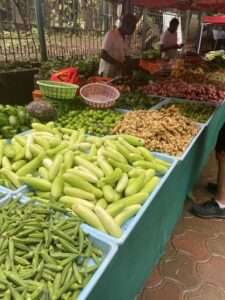
The Practice Of The Humble And The Human: Annadanam
Although the philosophy of Annadanam is one that nearly every Indian and perhaps everyone in the world knows, there are only a handful of people who are willing to put it into practice and donate food. Uncertain whispers about whether or not one should donate food compromising their time, energy, and resources are still a question among many. While giving the surplus to the less fortunate is a noble deed in and of itself and self-explanatory, there are heart-wrenching statistics that shed light on the devastating conditions of world hunger that can help to shush the whispers.
India’s population has increased significantly during the last 20 years to over 1.3 billion people. Per capita consumption has grown three times while the gross domestic product has expanded four times. Likewise, food grain output has practically doubled. India produces enough food to feed its population and has had terrific industrial and economic progress. Despite all this, India is unable to offer food access to a huge number of people, particularly women and children. According to the International Food Policy Research Institute’s Global Food Policy Report 2022, 73.9 million Indians are predicted to be in jeopardy of hunger by the year 2030. India came up at number 101 out of 116 nations in the 2021 Global Hunger Index. Additionally, worrisome projections of widespread and escalating food insecurity in India are once again presented in the most recent State of Food Security and Nutrition in the World (SOFI) report, which was jointly released on July 6 by five UN organizations. Based on the statistics in the research, it is estimated that 56 crore individuals, or 40.6% of the population, experienced moderate or severe food insecurity in India between 2019 and 21. The percentage of the population in the nation that experiences extreme food insecurity has increased from 20.3% in 2018–20 to 22.3% in 2019–21. In 2019–21, the equivalent percentage for the entire world was around 10.7%. 37% of the global population suffering from extreme food insecurity lives in India alone.
The irony is that a third or more of the food produced worldwide for human consumption is projected to be lost or wasted annually. Due to ineffective supply chain management, 40% of the produced fruits, vegetables, and grains are lost and never make it to the consumer markets. A lot of food is lost or wasted throughout the distribution and consumption stages, even while considerable amounts of food losses occur upstream, during harvest, and post-harvest processing. Additionally, substantial food is wasted on the racks and in the warehouses of food companies owing to overproduction, the introduction of new goods, labeling mistakes, or a shortened shelf life. Such food could be kept from spoiling by promptly removing it from the distribution system, collecting it, and then redistributing it to those in need. Or to rephrase, donate the food that is in excess. However, this is just another theory that has great potential but is never put into practice. What could be done in such situations to help the hungry is selfless practices like Annadanam.
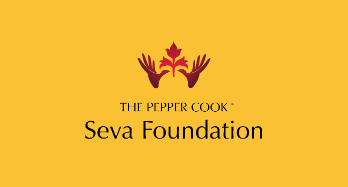
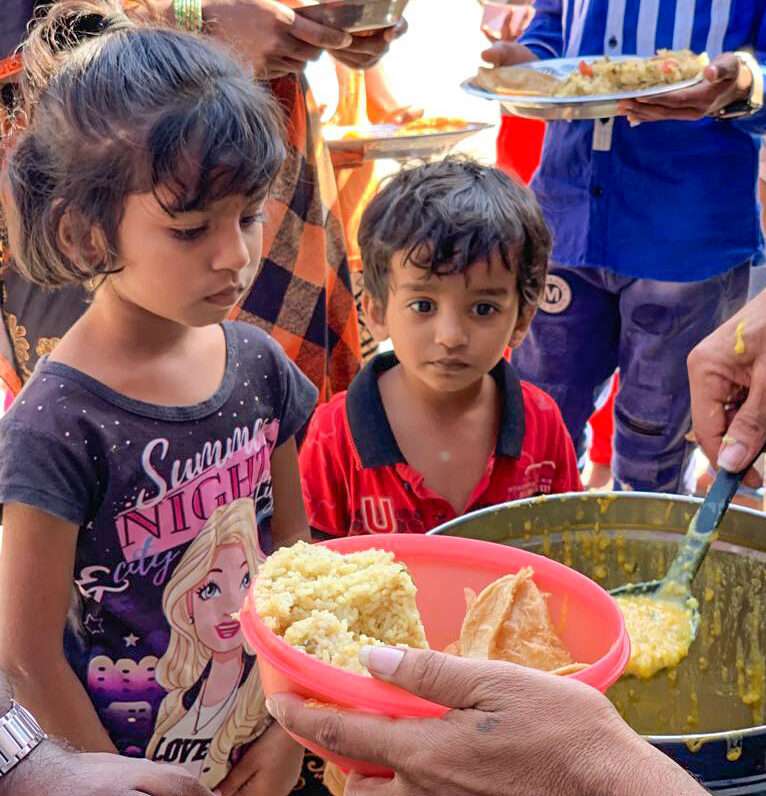
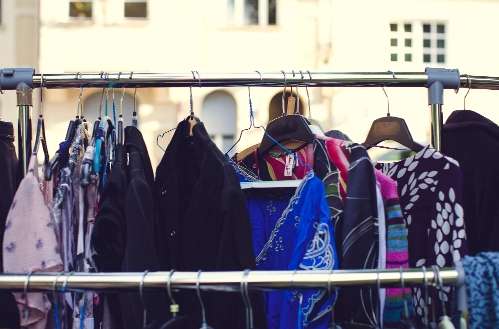
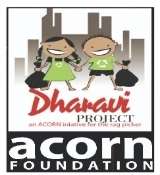



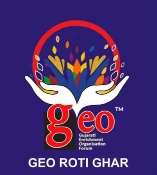

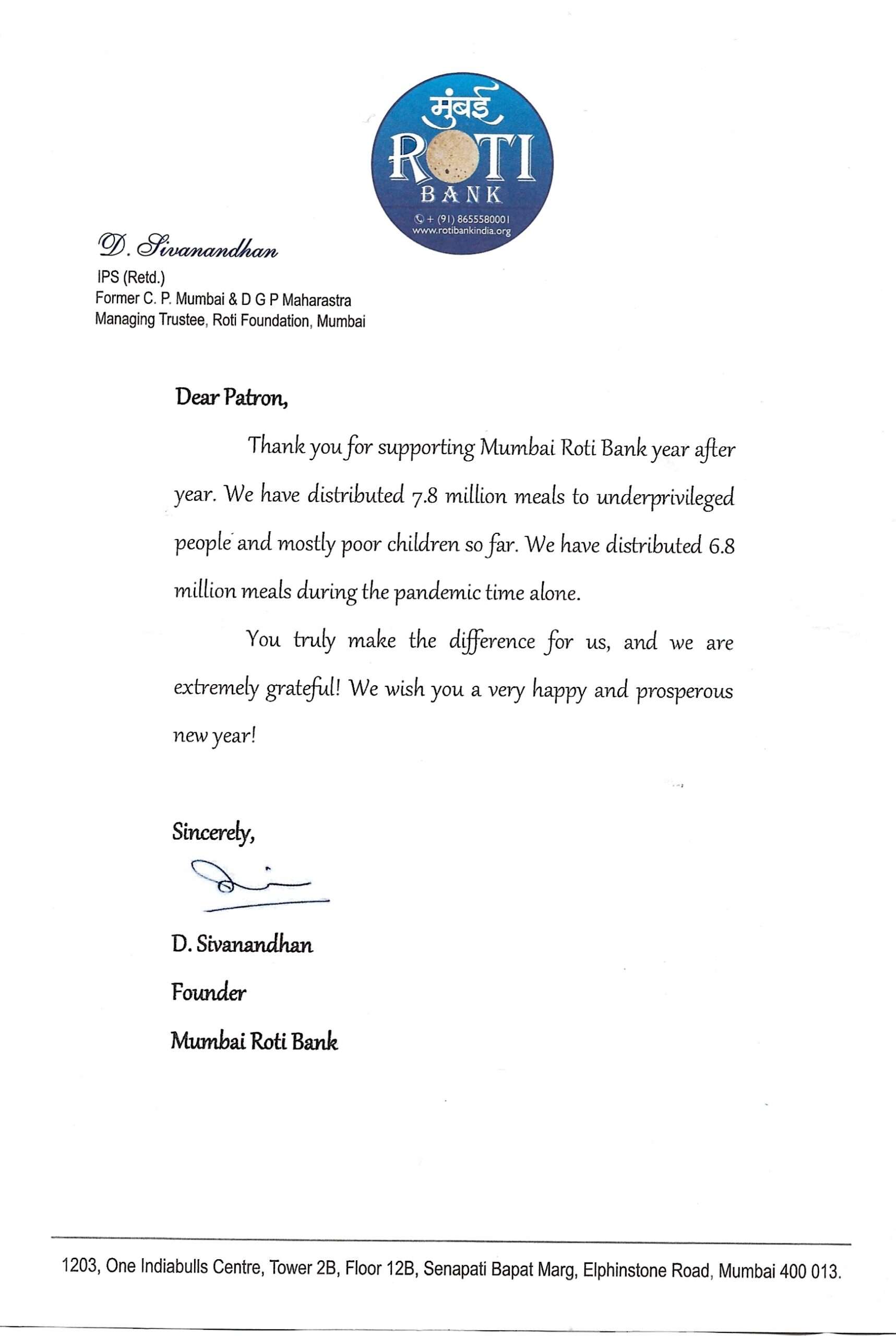
0 Comments